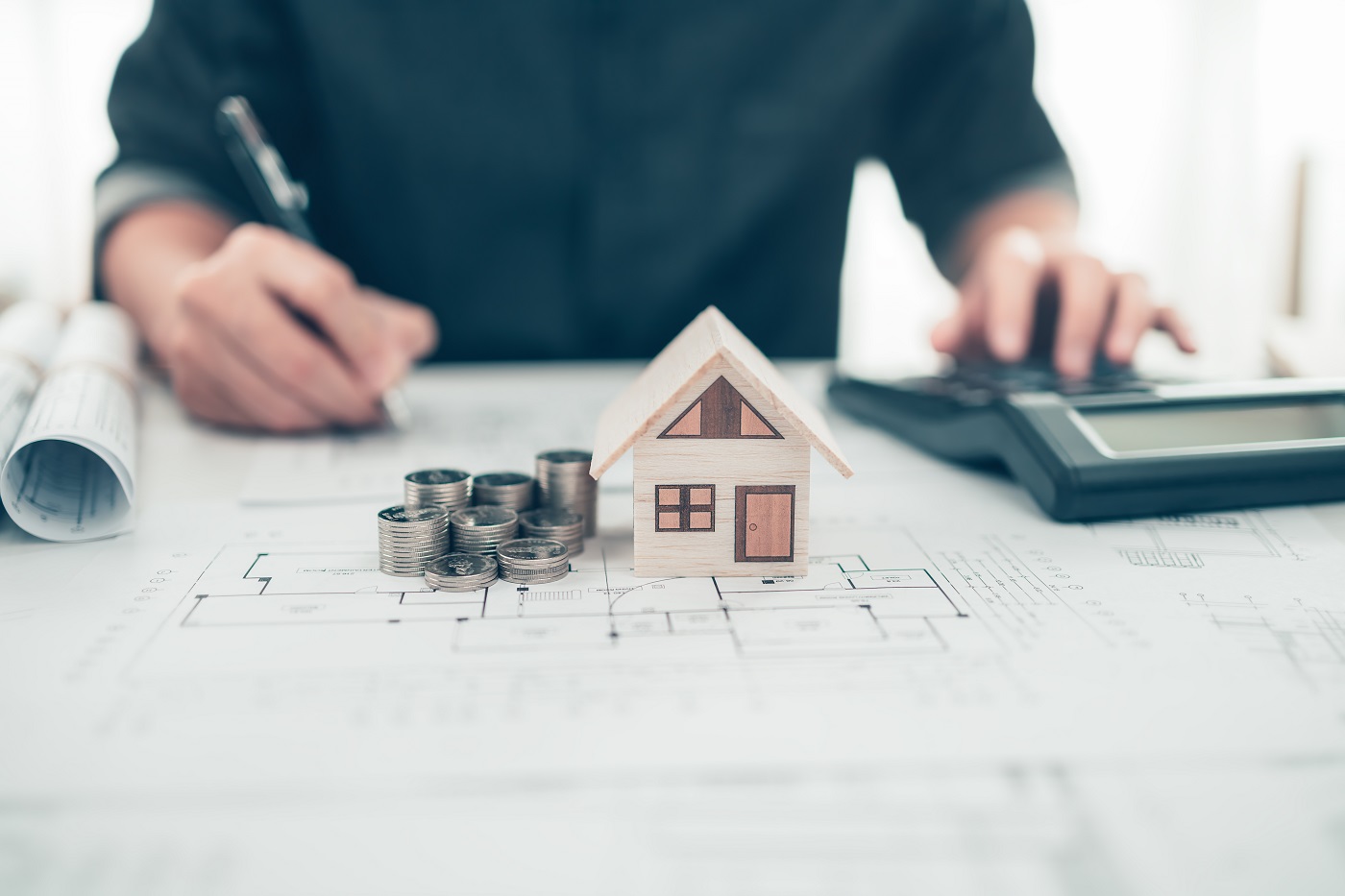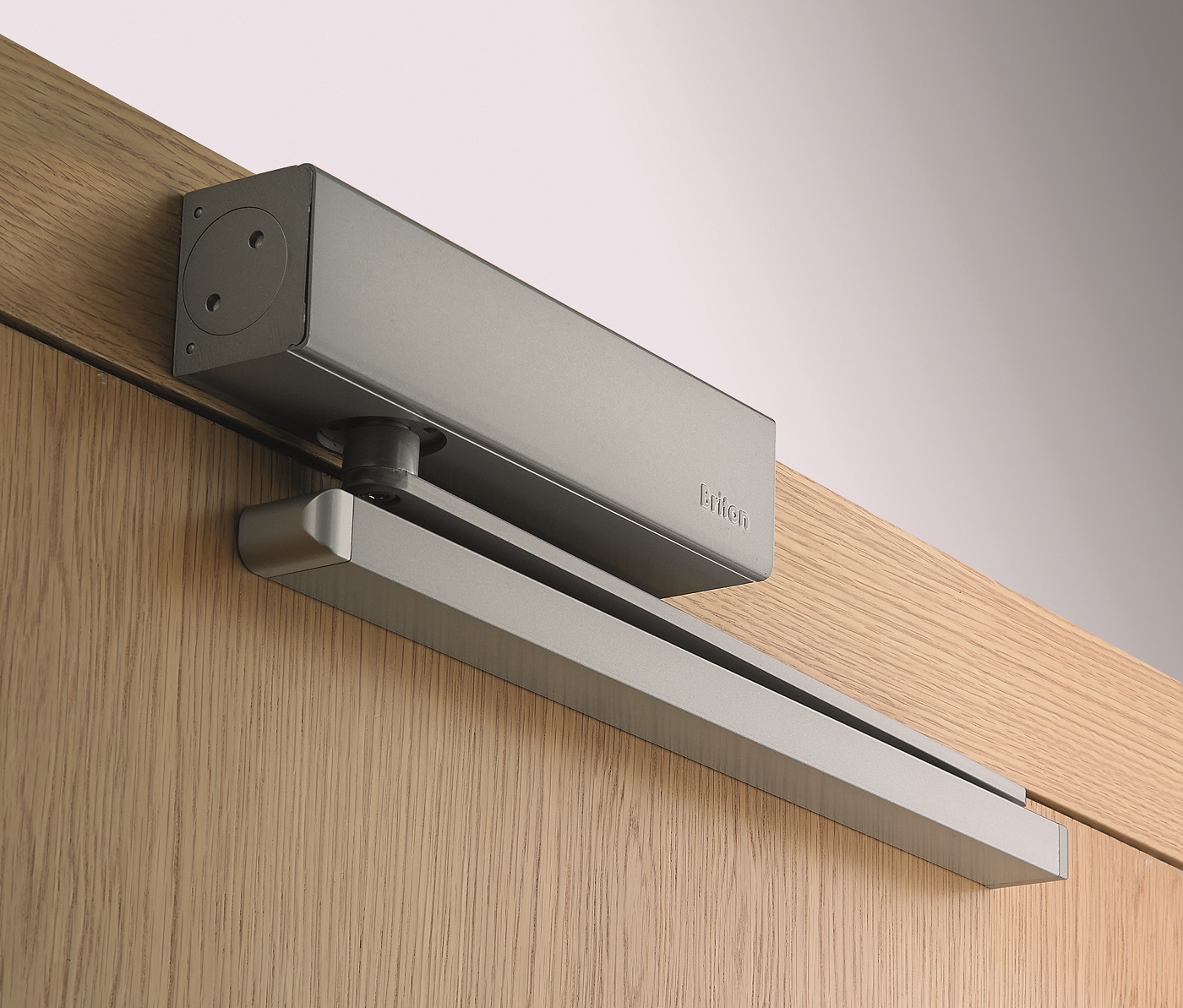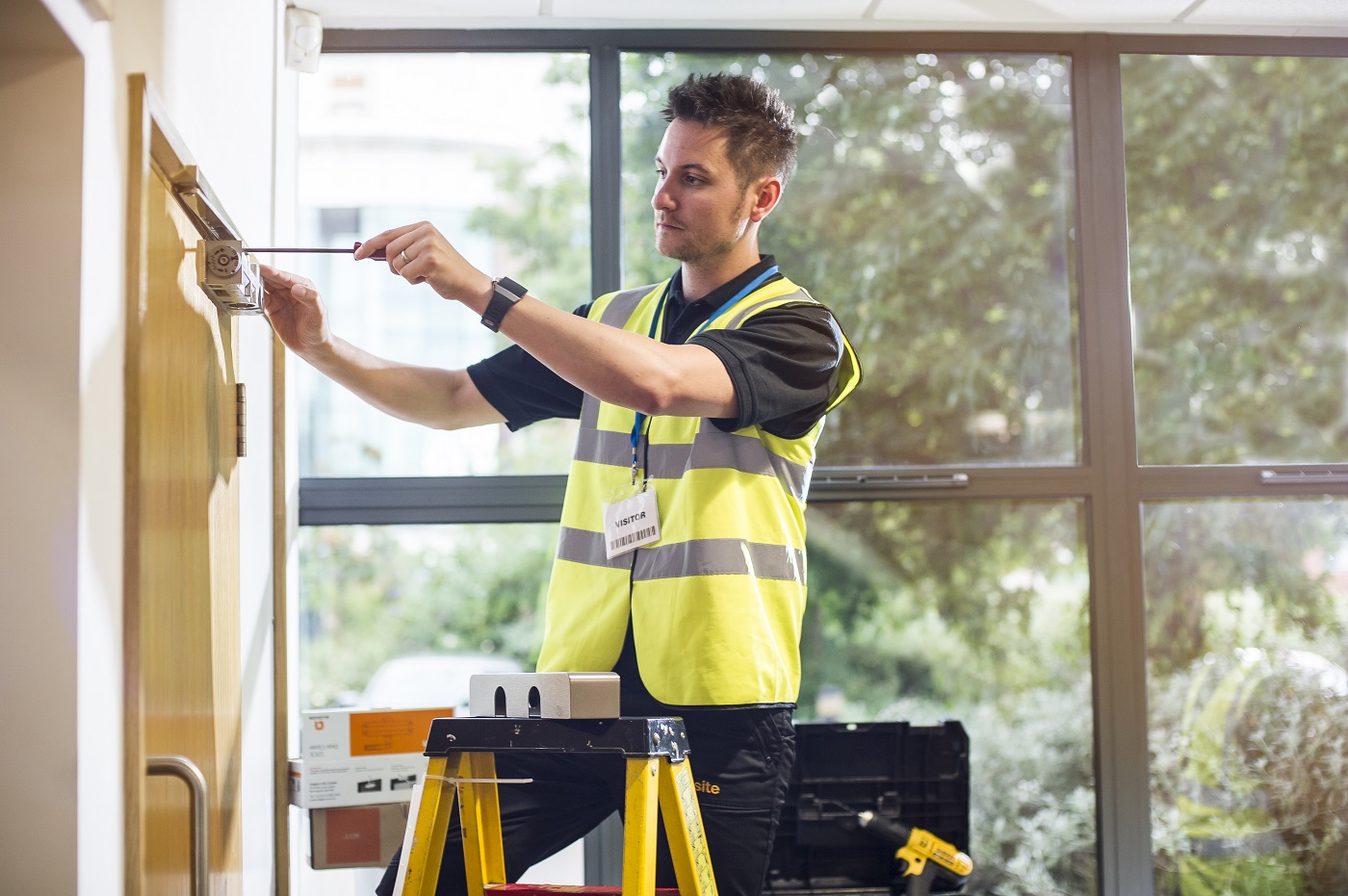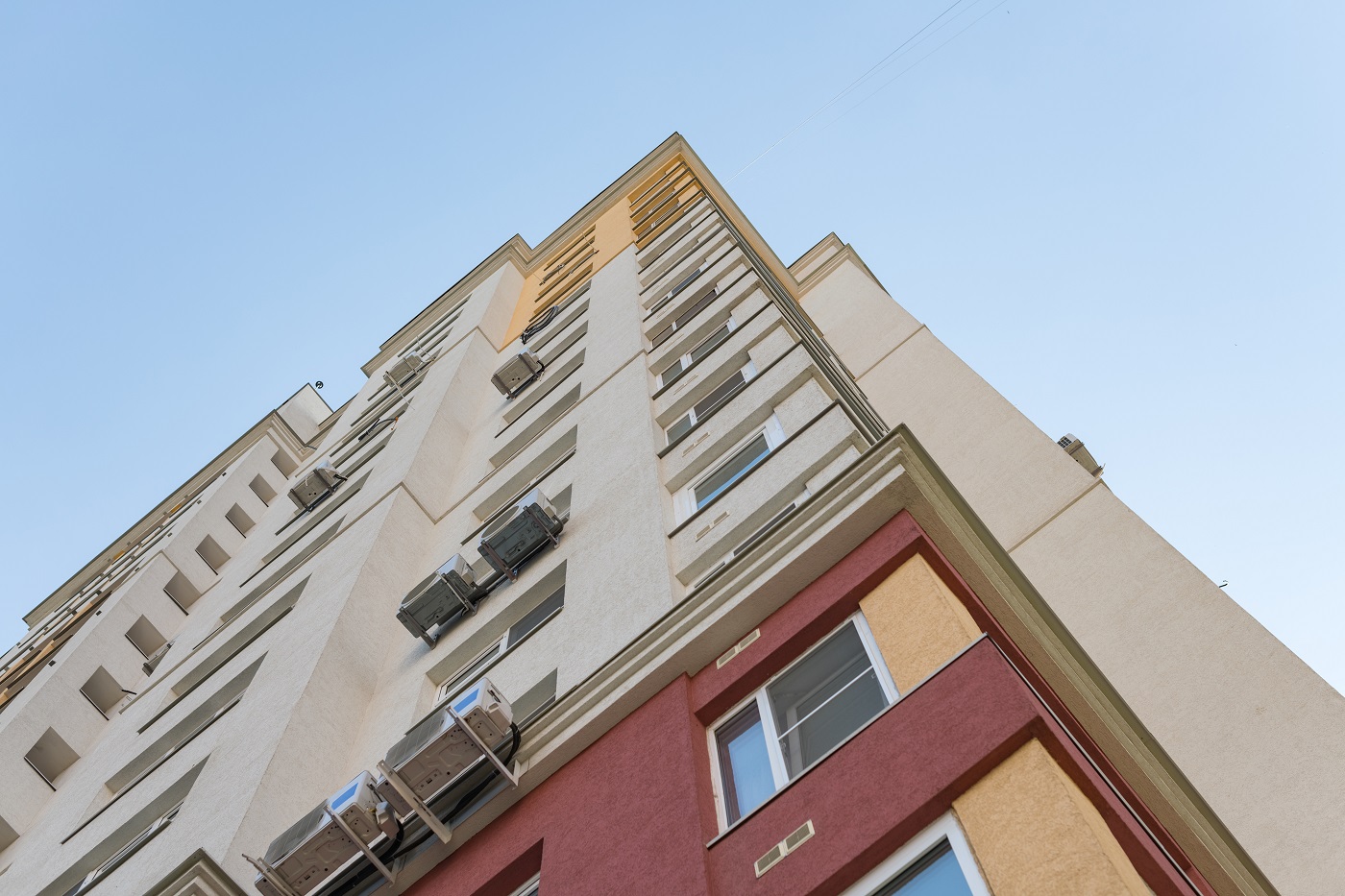
John Fairhurst of Allegion UK investigates the significance of cost in ironmongery and identifies how specifiers can add value to their door hardware selections
The Royal Institute of British Architects (RIBA) describes a project budget as the construction cost plus the cost of certain items required post completion and during operational use.
Covering various elements, project budgets carry huge significance and can often become a central feature for many developments, determining what is affordable and what can be achieved.
Where cost control is essential, cost-based decision making can occasionally feel all encompassing, missing the mark where it counts. And the cost and time pressures associated with modern construction – think recent supply chain constraints for example – can lead to hurried decisions, where value management is overlooked and poorer quality is more readily accepted in favour of completion.
But, when it comes to architectural ironmongery, this can lead to expensive mistakes.
Investing wisely
Typically, door hardware accounts for around 2-3% of overall construction project cost.
However, when you consider that door hardware items comprise 25%-30% of a complete list of contract items, the importance of investing wisely is clear.
The correct specification and installation of doors and their hardware should never be undervalued, and instead, by focusing on future benefits, rather than present costs, decision makers can look to add real value to their projects
The correct specification and installation of doors and their hardware should never be undervalued, and instead, by focusing on future benefits, rather than present costs, decision makers can look to add real value to their projects.
Low value, high risk
On surface level, doors and their hardware provide access and egress to a building and its occupants, allowing the free flow of movement while enhancing fire safety and security around the premises.
Yet, making a choice on hardware is far from a linear decision – especially when value is under consideration.
Value and cost share a complex relationship, and it’s important to find the balance when specifying hardware products.
The process itself requires careful analysis and deliberation to ensure the final decision delivers on elements such as functionality, appearance and above all, safety; all while harmonising cost and value output.
Despite this, tempting for many is the false economy of purchasing cheaper, lower-quality hardware to reduce upfront product costs. Hardware options with a lower ticket price may appear beneficial at face value, but they can’t always offer the best value for money. Unlike their highly-engineered counterparts, cheaper alternatives are often manufactured from less-robust materials and thus offer poorer quality, performance, and functionality.
Over time, their shorter lifecycles – due to lower durability – heighten the chance that maintenance periods and replacements are required.
And, so, between substitute materials and costly labour spend, any potential cost saving from the initial procurement is swiftly negated.
What’s more, from a safety standpoint, cheaper solutions can also lack the highest grading standards, raising questions over their reliability in the event of a fire or security breach.

The specification of architectural ironmongery can lead to costly mistakes

A balance must be made between value and cost when specifying door hardware

Regardless of cost, safety should always remain top priority, and inadequate door furniture compromi

John Fairhurst
Regardless of cost, safety should always remain top priority, and inadequate door furniture compromises that.
Quite quickly, cheap solutions can reveal themselves as low value, high-risk options and so decision makers must look towards providing higher-quality, long-term solutions with branching value benefits.
Futureproofing projects
In construction terms, futureproofing is described as the process of optimising design and construction to account for change and to maximise the value of a building.
To effectively futureproof projects, decision makers are urged to take a holistic approach, enhancing the flexibility, efficiency, performance, and sustainability of their buildings.
Regardless of cost, safety should always remain top priority, and inadequate door furniture compromises that
By adopting this method, projects can keep up with the ever-evolving landscape of the built environment, providing added value each step of the way.
From safety to sustainability, door hardware can offer key value benefits across the board and play a crucial role in the futureproofing of projects.
Take aesthetics, for example, where choosing timeless design options that complement a project over several years will remove the need to replace or refurbish hardware options – further lowering future installation and procurement costs.
In general, the adoption of higher=quality, durable hardware products will ensure value is retained throughout the building’s lifecycle.
And, in the case that hardware does need to be replaced, flexible door furniture is designed with retrofitting in mind, providing simple replacement processes that can reduce cumbersome installation and maintenance periods.
Better functionality
Aside from the obvious cost benefits of using more-durable products, hardware can also provide value in other forms.
For premises with high footfall, for instance, durable door hardware ensures functionality is retained, providing better ease of use and quality of life for occupants when traversing.
Not to mention the added safety and security benefits which provides value for all stakeholders through peace of mind.
Only when we change the perspective on short-term cost savings will we unlock the added value of hardware and transform projects across the built environment for the better
Industry collaboration and elevated education plays an important role in the futureproofing of building projects.
In various situations where budget is constraining, trusted advisors can often provide further knowledge and support throughout the decision-making process – making it easier to choose cost-effective solutions that don’t compromise on quality and safety.
But only when we change the perspective on short-term cost savings will we unlock the added value of hardware and transform projects across the built environment for the better.